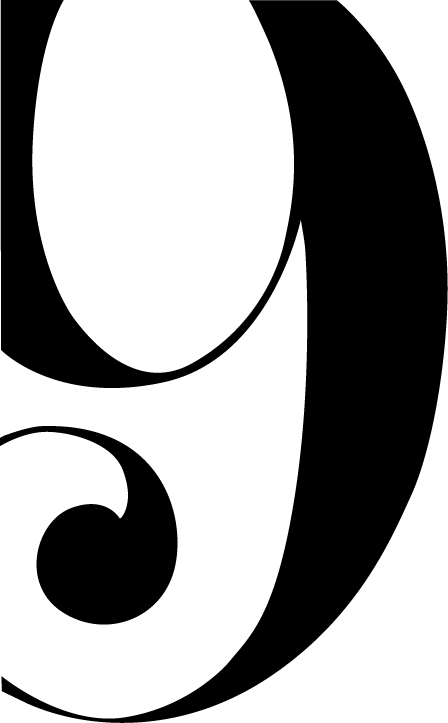
The double edged title of Michelle Hanlin’s exhibition ‘Built in Wardrobes’ makes witty allusion to the historical, physical, and psychological spaces built into the architecture of life, that define the dimensions in which artists think and work. The paintings and sculptures that comprise this exhibition integrate past and present, fashioning new forms out of diverse historical and personal material. Hanlin rummages through the stuffy attics of art history and tradition, collecting and resuscitating artifact and idiom, unlocking the poetic potential within. Fragments of modernism intermingle with pre-modern and obscure decorative tropes, abstraction is reanimated through a newly figurative embodiment. Hanlin’s compositions and constructions preserve something of the histories and origins of their elements, seamlessly incorporated into an evocative whole, rebuilding and reincarnating the past as something present and powerfully uncanny.
Hanlin’s paintings of abstract ‘figures’ and ‘busts’ represent a subtle shift in her approach to the medium. Trading the ethereal pastel palette of her previous work for a more somber schema, these works dress their subjects in muted, tertiary tones that burn from within. Hanlin’s darkening lights and incandescent mineral surfaces suggest interiors (the gloom of the artist’s studio for instance) exterior landscapes, in the washed out, sandy wastelands of her larger paintings – and an array of earthly specimens: fabrics, fur and leather, stone, metals and crystals, branches and roots, vines, all manner of foliage and so on – her use of color generates a potent brew of associations. The matte expanses of color upon which her compositions float are also tenuously earthed. With the lightest of brushwork, Hanlin delineates ambiguous boundaries to background her characters: a loosely described horizon, a theatre stage, the hint of curtain, a pedestal, a picture frame or photographers backdrop. A barely tangible sense of depth is described, foregrounding her subjects. She also plays with extremes of scale, presenting small, intimate portraits and large, ‘life size’ compositions poised between decorative grandeur and minimalist restraint.
Almost theatrical strategies of framing and display heighten the psychic tensions of mystery and revelation from which Hanlin draws inspiration. Her use of plinths, both actual (figures stand on pedestals resting on gallery plinths) and depicted (in her ‘busts’ and ‘figures’) emphasizes the prizing and personification of the abstract, or conversely the abstraction of the personified (stalagmite-like figures are embedded in the pedestals on which they stand). Her smaller abstract ‘busts’ make the most overt reference to the history of portraiture. In these works, cubist arrangements of shapes, colors, patterns and faux surfaces (marble and wood) sit atop plinths in the style of classical marble busts. Traditionally reserved for the powerful, rich or otherwise eminently distinguished, Hanlin’s bust’s are absurdist propositions, that nonetheless project a mood of supernatural importance. Her ‘subjects’ seem folded in on themselves, as if something is obscured beneath their interlocking forms, secreted behind abstract shrouds, veils, and locks of hair - we have a sense that as much is hidden as revealed, like a face that refuses to be fully seen.
Her larger paintings seem by contrast, open to the world, depicting figures in the process of unfurling their ornament upon the canvas. Decorative fragments extracted from heraldry, modernist fashion and fabric design, book illustration, art deco and medieval architecture serve as the building blocks of vaguely humanoid forms. Two ornate figures reminiscent of medieval banners face each other in mute dialogue. An elegant abstract bust decorated in chinoiserie elements hovers on a blurred horizon, as if animated by a chance gust of wind - full of transparency and empty spaces, the figures in these paintings offer vistas of the void.